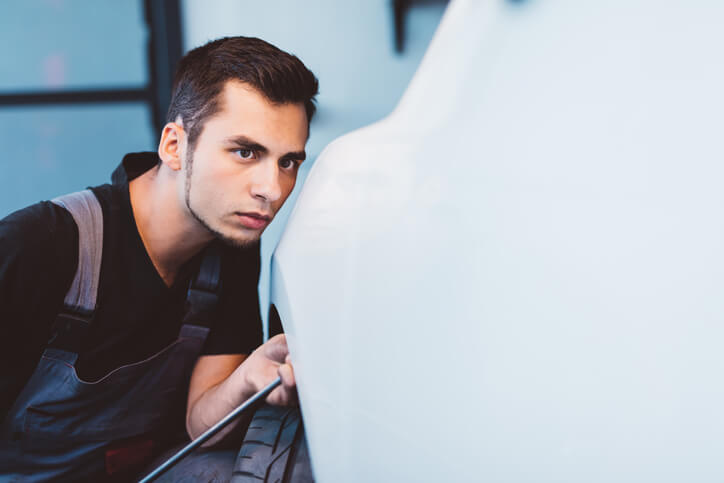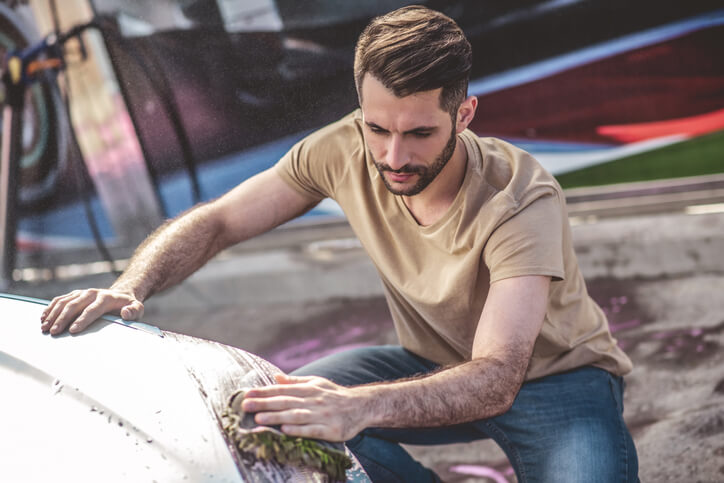Want To Become An Auto Detailer? Remember These Undercoating Best Practices
While polishing, waxing, and interior cleaning are highlighted and considered essential aspects of the auto detailing trade, undercoating is sometimes overlooked. Yet, its significance is by no means less. A well-executed undercoating not only enhances a vehicle’s appearance but also provides long-term protection against the harsh elements of the road.
Undercoating is not just a cosmetic addition to your detailing arsenal; it’s a protective measure that can significantly extend the life of a vehicle. The underbelly of a car is exposed to various elements, from road salts to moisture, which can lead to corrosion over time. Undercoating prevents these corrosive agents from causing harm to vehicles while also maintaining the structural integrity of the vehicle. To become an auto detailer, here are some undercoating best practices to remember.
Understanding Undercoating
Undercoating involves applying a composite of wax or rubber onto a vehicle’s complete underside. The purpose is to establish a protective, rust-resistant barrier between the vehicle’s underside and the elements such as water, ice, and road salt.
Applying an undercoat to a vehicle can typically be completed in a single day, provided ample time allows the coating to dry and adhere to the vehicle thoroughly. However, as this protective layer naturally wears down over time, it is advisable to undercoat a vehicle operating in regions with heavy rain, slush, and salt exposure at least once every few years to maintain optimal protection.
Select the Right Coating Material When You Become an Auto Detailer
The first step in mastering undercoating after you become an auto detailer is choosing the suitable material. Various options are available, including rubberized, oil-based, and wax-based coatings. Each has its unique set of advantages and drawbacks. Rubberized coatings, for example, are known for their durability and ability to withstand extreme conditions, while wax-based coatings offer a more natural finish. Consider your region’s climate and driving conditions to determine the most suitable undercoating material for your clients.

Clean and Prep the Surface
Achieving flawless undercoating requires meticulous preparation. Before applying any coating, ensure the vehicle’s undercarriage is thoroughly cleaned and free from dirt, grease, and rust. Use high-pressure washers, degreasers, and wire brushes to remove any existing contaminants. As our auto detailing courses emphasize, a clean surface ensures better adhesion of the undercoating material, enhancing its effectiveness in protecting the vehicle.

Apply the Coating Evenly
Applying it evenly across the entire undercarriage is the key to professional-looking undercoating. Use specialized tools like spray guns or aerosol cans to achieve a consistent coating thickness. Pay close attention to areas prone to rust, such as the wheel wells, frame, and suspension components. A uniform application enhances the protective properties of the undercoat as well as its overall aesthetic appeal.
Undercoating isn’t a one-time task; it requires regular maintenance and inspection to ensure its continued effectiveness. Encourage your clients to schedule periodic check-ups to identify any signs of wear or damage to the undercoating. Touch-ups may be necessary over time, especially in areas where the coating may have worn off due to friction or exposure to road debris.
Are you interested in a professional auto detailing certificate?
Contact ATC Toronto for more information.


